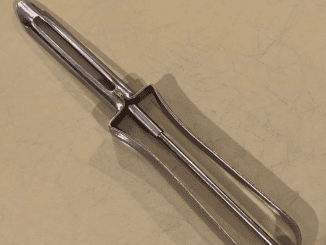Car tires are a crucial component of vehicle safety, yet they often get overlooked until there’s a problem. Like many parts of your car, tires have a limited lifespan. Even if they appear fine on the surface, they can deteriorate over time, posing serious safety risks. Understanding how long tires typically last and how to evaluate their condition is essential for ensuring your vehicle remains safe to drive.
Factors Affecting Tire Lifespan
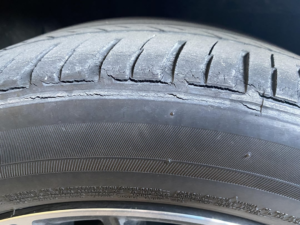
Several factors significantly influence how long your car tires will last. Let’s break down the key elements that determine tire longevity:
1. Age of the Tires
Tires generally have a recommended lifespan of 6 to 10 years, regardless of usage. Over time, rubber compounds in tires break down due to exposure to environmental factors like UV rays, ozone, and fluctuating temperatures. Even if the tread looks deep, old tires can become brittle and prone to failure.
2. Mileage
Tire tread life is often measured in mileage, with most tires designed to last between 40,000 to 60,000 miles. However, this can vary based on driving habits, road conditions, and tire type. Aggressive driving, frequent stops and starts, and rough road surfaces can accelerate tire wear.
3. Storage Conditions
How you store your tires can significantly impact their lifespan. Tires kept in harsh conditions—like high temperatures or direct sunlight—can age prematurely. Proper storage in a cool, dry place, away from direct sunlight and sources of ozone, can help extend the life of your tires.
4. Maintenance Practices
Regular tire maintenance is crucial for prolonging tire life. This includes keeping tires properly inflated, ensuring the wheels are aligned, and rotating the tires regularly. Neglecting these practices can lead to uneven wear, significantly reducing the tire’s lifespan.
How to Check Tire Condition
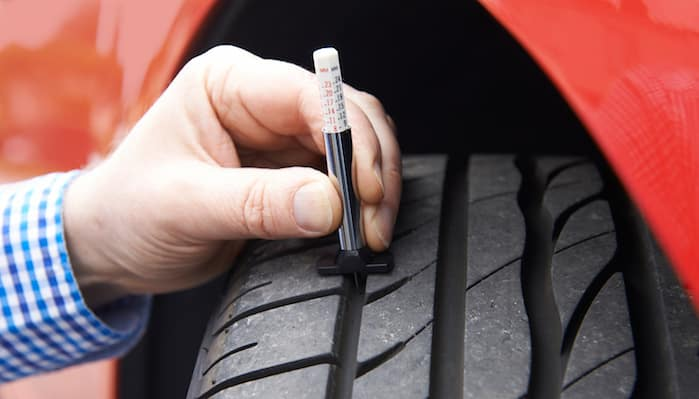
To ensure your tires are safe and roadworthy, regularly checking their condition is vital. Here’s how you can assess the health of your tires:
1. Checking Tire Age
Each tire has a manufacturing date stamped on its sidewall as a four-digit code. The first two digits indicate the week of manufacture, and the last two digits indicate the year. For instance, a code reading “2319” means the tire was made in the 23rd week of 2019. If your tires are nearing or exceeding the 6-year mark, consider replacing them—even if they appear fine.
2. Measuring Tread Depth

Tread depth is a critical indicator of tire health. Tires should generally be replaced when the tread depth reaches 2/32 of an inch. You can measure this with a tread depth gauge, or use the penny test: insert a penny into the tread with Lincoln’s head facing down. If you can see the top of Lincoln’s head, your tread is too low, and it’s time for new tires.
3. Conducting a Visual Inspection
Regularly inspect your tires for visible signs of damage. Look for cracks in the sidewall, bulges, or uneven wear. These could indicate internal damage or aging that may lead to a blowout or other tire failure.
4. Getting a Professional Inspection
Even if your tires look fine, it’s wise to have them inspected by a professional regularly. A trained technician can identify issues that might not be immediately obvious, such as internal damage or wear patterns indicating alignment issues.
Signs It’s Time to Replace Your Tires
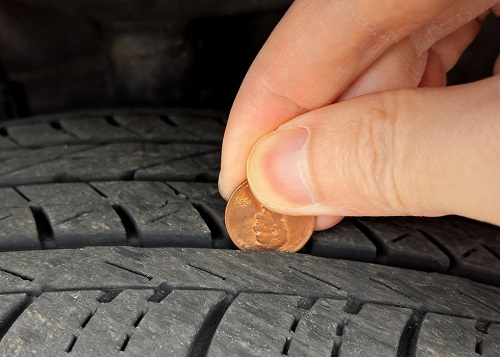
Even with regular inspections and maintenance, there comes a time when your tires need replacing. Here are some signs it’s time to get new tires:
1. Reduced Tread Depth
If your tread depth is at or below 2/32 of an inch, your tires are no longer safe to drive on and should be replaced immediately.
2. Visible Damage
Cracks, cuts, or punctures in the tire that cannot be repaired are clear indicators that you need new tires. Bulges in the sidewall also signal potential tire failure.
3. Vibration While Driving
If you feel unusual vibrations while driving, it could indicate tire imbalance or internal damage. In such cases, have your tires checked by a professional as soon as possible.
Extending Tire Life Through Proper Care
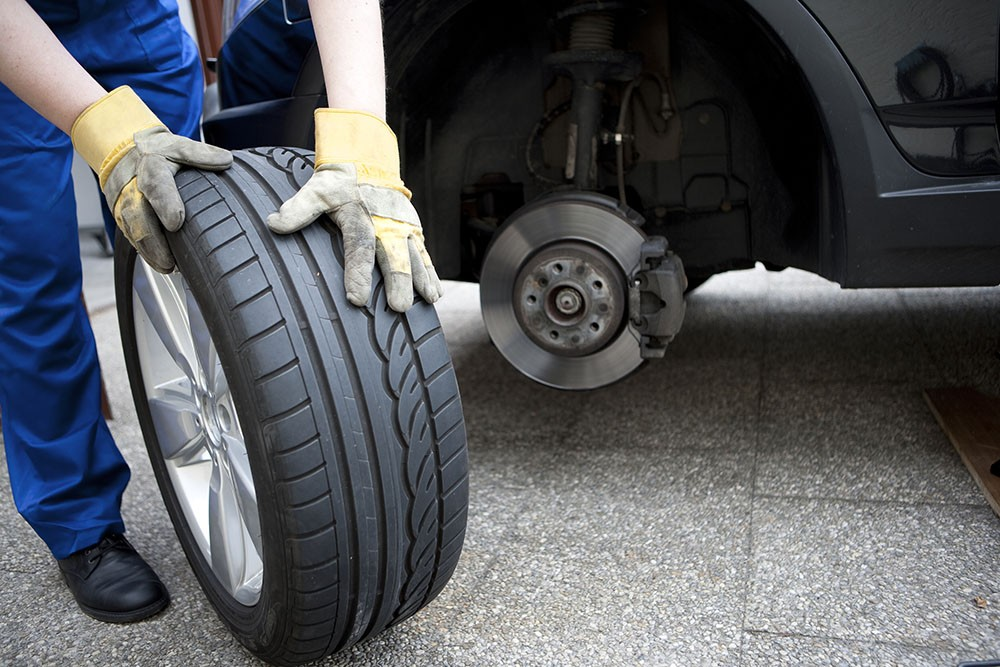
Proper tire maintenance not only extends the life of your tires but also ensures your safety on the road. Here’s how to take care of your tires effectively:
1. Regular Tire Rotation
Rotating your tires every 5,000 to 8,000 miles ensures even wear, which can prolong the lifespan of your tires. This is particularly important for vehicles with uneven weight distribution.
2. Maintaining Proper Tire Pressure
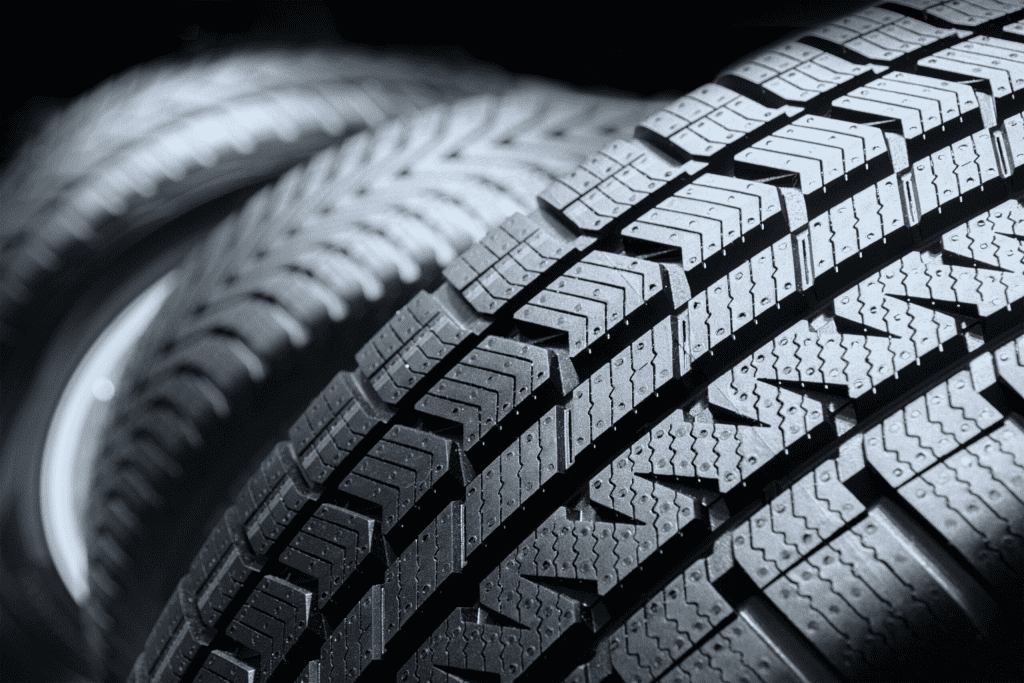
Keeping your tires properly inflated helps them wear evenly and improves fuel efficiency. Check your tire pressure at least once a month and before long trips to ensure optimal performance.
3. Wheel Alignment and Balancing
Ensure your wheels are properly aligned and balanced to prevent uneven tire wear. Misalignment can cause tires to wear out faster and may lead to handling issues, compromising your safety on the road.
Conclusion: Staying Safe on the Road
Understanding the factors that affect tire lifespan and how to properly maintain and inspect your tires is essential for safe driving. By staying proactive about tire care, you not only extend their life but also ensure your vehicle remains safe on the road. Don’t wait until it’s too late—regularly check your tires, follow recommended maintenance practices, and replace them when necessary. Your safety depends on it!

